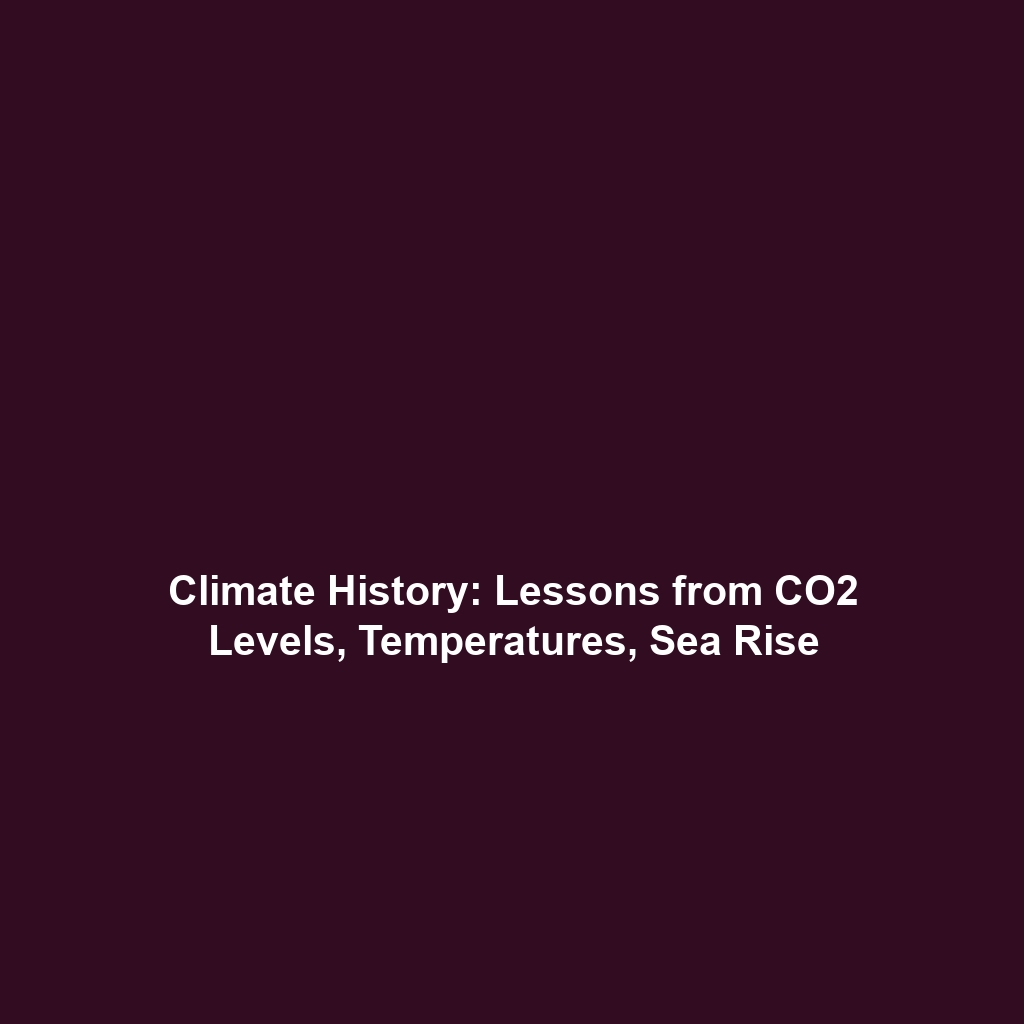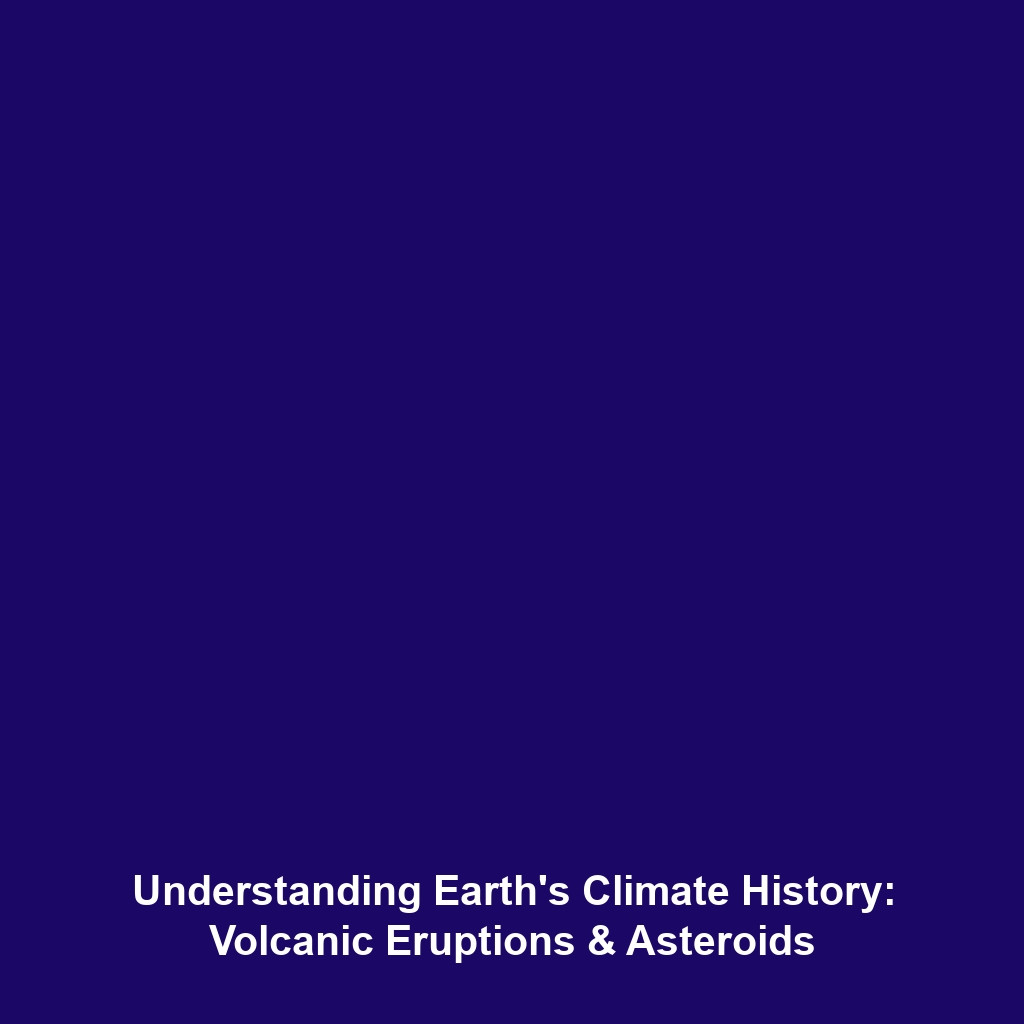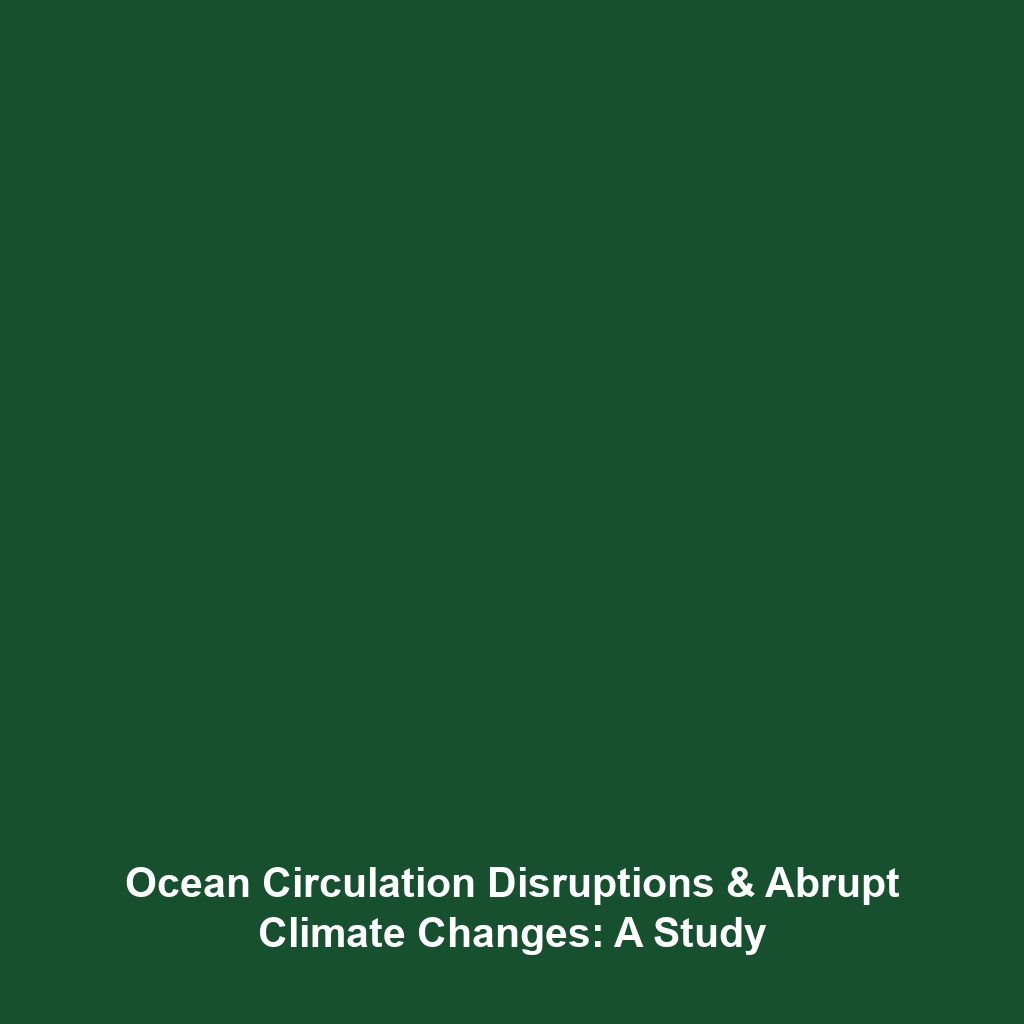Lessons from Past CO2 Levels, Global Temperatures, and Sea Levels
Introduction
Understanding lessons from past CO2 levels, global temperatures, and sea levels is essential for interpreting the broader narrative of Climate History. The intricate relationship between these factors reveals invaluable insights into how our climate has evolved over millennia. As CO2 concentrations rise today due to human activities, examining historical data offers guidance on potential future scenarios. By studying past climate conditions, we can better forecast climate changes, make informed policy decisions, and prepare for rising sea levels. This article will delve into these crucial lessons, highlighting their significance in the ongoing discourse of climate change.
Key Concepts
Understanding CO2 Levels
Carbon dioxide (CO2) is a leading greenhouse gas that has fluctuated significantly throughout Earth’s history. Historical records indicate natural variations in CO2 levels, often correlated with global temperature shifts. Understanding these variations is key to comprehending how current anthropogenic emissions affect climate dynamics.
Global Temperatures and Climate Shifts
The study of global temperatures through ice cores and sediment layers reveals substantial fluctuations tied to CO2 levels. Periods such as the Eocene Epoch demonstrate how high CO2 concentrations coincided with warmer global climates, providing essential context for today’s rising temperatures.
Sea Level Changes Over Time
Sea levels have varied in response to changes in global temperature and CO2 levels. For instance, data shows significant rises during interglacial periods. By understanding these historical changes, we can better anticipate future challenges associated with climate-induced sea level rise.
Applications and Real-World Uses
The lessons learned from past CO2 levels, global temperatures, and sea levels have several practical applications:
- Climate Modeling: Historical data informs climate models, allowing for more accurate predictions about future climate behavior.
- Policy Development: Evidence from climate history aids policymakers in crafting effective environmental regulations aimed at reducing carbon emissions.
- Urban Planning: Understanding historical sea level changes assists in designing resilient coastal cities that can withstand future flooding events.
Current Challenges
While studying past CO2 levels, global temperatures, and sea levels adds immense value to Climate History, several challenges must be addressed, including:
- Data Accuracy: Obtaining precise and comprehensive data across different periods poses significant challenges.
- Complex Interactions: The interplay between CO2 levels, temperature, and sea levels is multifaceted, complicating interpretations.
- Public Access: Many historical data sets are not easily accessible to researchers or the general public, limiting studies.
Future Research and Innovations
Upcoming research in the field of climate history promises to enhance our understanding and responses to climate change:
- Advanced Modeling Techniques: Innovations in computer modeling and simulation may lead to more robust predictions of future climate scenarios.
- Enhanced Data Collection: Satellite technology and more precise ice core sampling are set to improve data accuracy and availability.
- Interdisciplinary Studies: Collaborative approaches integrating geology, oceanography, and atmospheric science may yield new insights into past climate systems and their implications for the future.
Conclusion
The lessons derived from historical CO2 levels, global temperatures, and sea levels are instrumental in understanding Climate History and shaping our response to current climate challenges. By analyzing these factors, we gain insights into potential future outcomes, informing both individual actions and global policy. To stay informed on related topics, consider exploring our articles on climate change policy, sea level rise, and greenhouse gases mitigation. Together, we can work towards a sustainable future.


